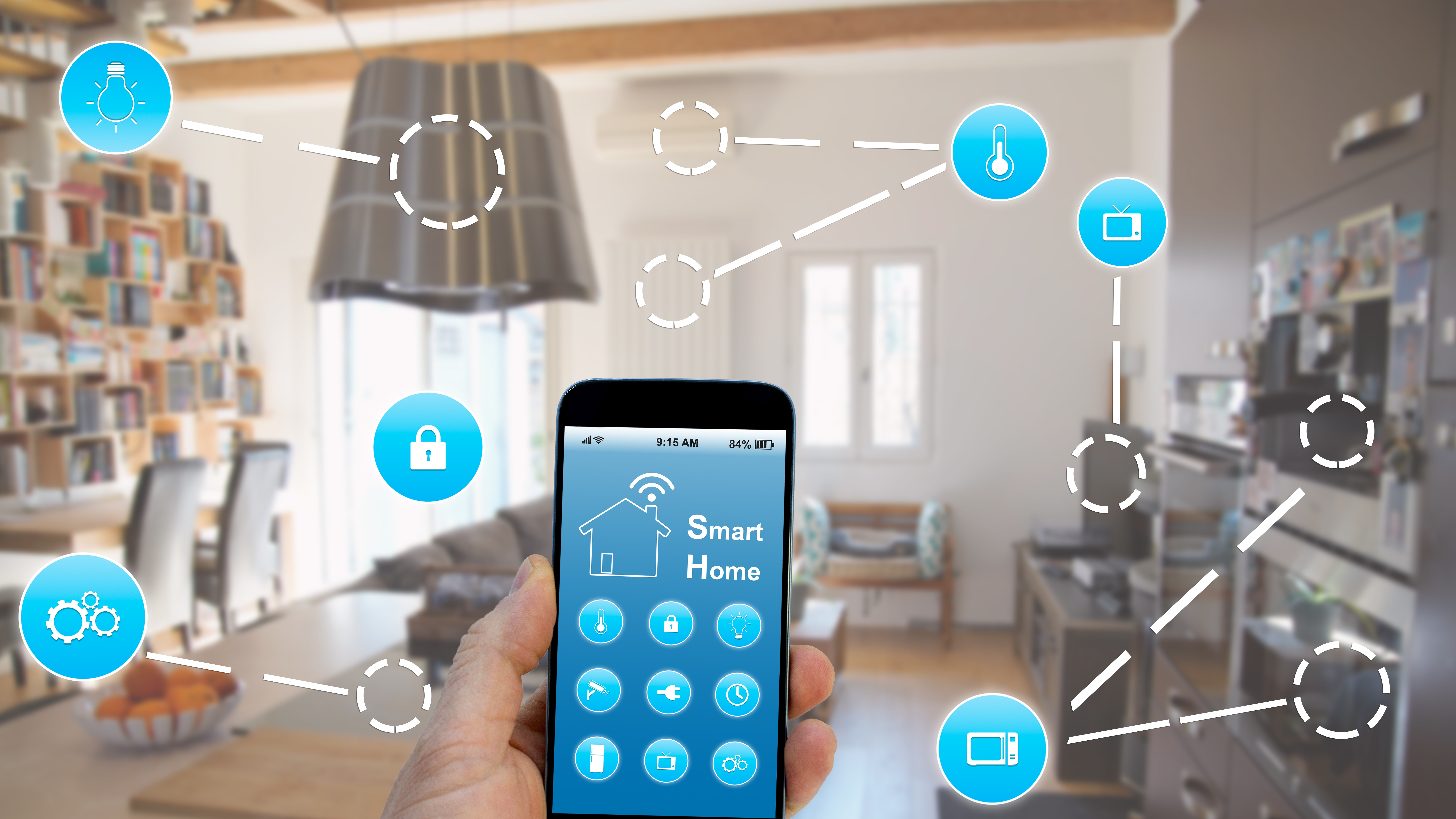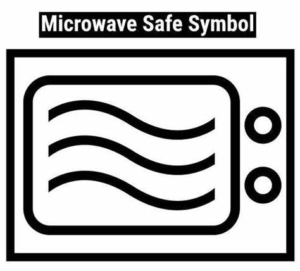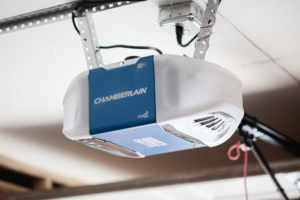Integration and Compatibility: How Smart Thermostats
Work with Other Smart Home Devices
Smart homes have become increasingly popular, thanks to the growing adoption of smart home devices. Among these devices, smart thermostats have gained significant attention due to their ability to enhance energy efficiency and provide comfort. However, to truly harness the potential of a smart home ecosystem, it is important to understand how smart thermostats integrate and work seamlessly with other smart devices. In this blog, we will explore the importance of integration and compatibility in creating a cohesive and efficient smart home.
Understanding Smart Thermostats
Before delving into integration, it is essential to grasp the functionality and features of smart thermostats. These devices offer advanced controls, such as remote access via smartphone apps, learning capabilities, and personalized scheduling. By intelligently managing heating and cooling systems, smart thermostats optimize energy usage, resulting in reduced utility bills and a smaller carbon footprint. Leading brands like Nest, Ecobee, and Honeywell offer a range of smart thermostat models with varying features and price points.
The Role of Integration in Smart Homes
A smart home consists of various devices like smart lights, security systems, door locks, and more, each designed to enhance convenience and efficiency. Integration plays a vital role in creating a seamless ecosystem where these devices can communicate and work together harmoniously. When smart thermostats integrate with other devices, users can enjoy enhanced automation, coordinated actions, and streamlined control, leading to a more intelligent and convenient living experience. However, achieving seamless integration can come with its challenges and considerations.
Compatibility Factors to Consider
Compatibility is a crucial factor when integrating smart thermostats with other devices. Different smart home devices may use various communication protocols and standards, such as Wi-Fi, Bluetooth, Zigbee, or Z-Wave. It is important to ensure that the smart thermostat and other devices are compatible with each other in terms of their communication capabilities. Checking compatibility before purchasing any device can save time, effort, and potential frustrations down the line.
Here are five popular smart thermostats available on the market:
- Nest Learning Thermostat: The Nest Learning Thermostat, developed by Nest (a subsidiary of Google), is known for its sleek design and learning capabilities. It learns users’ temperature preferences and creates a personalized schedule accordingly. It can be controlled remotely through the Nest mobile app and integrates with other smart home devices.
- Ecobee SmartThermostat: The Ecobee SmartThermostat is a highly regarded smart thermostat that offers advanced features. It features voice control, built-in Alexa or Google Assistant, and room sensors for temperature monitoring in multiple rooms. It adapts to users’ schedules and preferences, and it is compatible with various smart home platforms.
- Honeywell Home T9 Smart Thermostat: The Honeywell Home T9 Smart Thermostat provides precise temperature control and room-by-room sensing capabilities using remote sensors. It offers geofencing, adaptive temperature control, and voice control through digital assistants like Alexa and Google Assistant.
- Emerson Sensi Touch Wi-Fi Thermostat: The Emerson Sensi Touch Wi-Fi Thermostat is a user-friendly smart thermostat with a responsive touchscreen interface. It offers remote control through the Sensi mobile app, compatibility with voice assistants, and flexible scheduling options.
- Johnson Controls GLAS Smart Thermostat: The GLAS Smart Thermostat from Johnson Controls stands out for its transparent OLED touchscreen display and modern design. It supports voice control via Microsoft’s Cortana and integrates with various smart home platforms. It provides energy usage insights and weather monitoring features.
Integration with Smart Home Hubs
Smart home hubs act as centralized control points, bringing together various devices within a home. These hubs facilitate the integration of smart thermostats with other devices by providing a unified platform for control and automation. By connecting the thermostat to a hub, users can manage multiple devices through a single interface, create scenes, and enable cross-device interactions. Popular smart home hub platforms like Samsung SmartThings, Apple HomeKit, and Google Nest Hub offer compatibility with a wide range of smart thermostats.
Interoperability with Other Devices
Smart thermostats can integrate with various devices and systems within a smart home ecosystem. Here are some common devices and systems that can be integrated with smart thermostats:
1. Voice Assistants: Smart thermostats can connect with popular voice assistants like Amazon Alexa, Google Assistant, or Apple Siri. This integration allows users to control temperature settings using voice commands.
2. Smart Lighting Systems: Integration with smart lighting systems enables coordination between the thermostat and lighting. For example, when the thermostat detects no occupancy, it can communicate with the lighting system to turn off or dim the lights, conserving energy.
3. Occupancy Sensors: By integrating with occupancy sensors placed in different rooms, smart thermostats can detect occupancy or vacancy. This information helps in adjusting temperature settings based on room occupancy, optimizing energy usage.
4. Door and Window Sensors: Connecting smart thermostats with door and window sensors provides information about openings and closures. This integration allows the thermostat to adjust temperature settings when a door or window is opened to prevent energy loss.
5. Security Systems: Integration with home security systems allows smart thermostats to receive signals when the security system is armed or disarmed. When the security system detects that no one is home, it can trigger the thermostat to adjust to energy-saving modes.
6. Geolocation Services: Smart thermostats can use geolocation data from users’ smartphones to determine if they are at home or away. Based on this information, the thermostat can automatically adjust temperature settings for energy efficiency.
7. Energy Monitoring Devices/Platforms: Integration with energy monitoring devices or platforms enables real-time feedback on energy consumption. This integration helps users track and analyze their energy usage patterns, making it easier to identify opportunities for energy efficiency improvements.
8. HVAC Systems: Smart thermostats are designed to integrate seamlessly with various types of heating, ventilation, and air conditioning (HVAC) systems. They can work with central heating and cooling systems, heat pumps, multi-zone systems, and more.
It’s worth noting that the specific integration options and compatibility may vary depending on the brand and model of the smart thermostat and the devices or systems being connected. It’s recommended to check the compatibility and supported integrations of a smart thermostat before purchase to ensure it meets your specific requirements.
Challenges and Limitations
While integration offers numerous benefits, it can also come with challenges. Different devices from various manufacturers may have limitations in terms of compatibility and interoperability. Some devices might not communicate seamlessly, or certain features might not be available when using third-party integrations. However, staying informed about compatibility requirements, researching device compatibility before purchase, and opting for devices from the same ecosystem can help mitigate these challenges.
Future Trends in Integration and Compatibility
As the smart home market continues to evolve, communication protocols and standards are also advancing to improve compatibility among devices. Industry-wide efforts are being made to establish universal standards and protocols that allow for seamless integration between devices from different manufacturers. In the future, we can expect improved interoperability, simplified setup processes, and
enhanced compatibility, providing users with more flexibility and choices when building their smart homes.
Integration and compatibility are vital aspects of creating a truly smart home experience. Smart thermostats, with their energy-saving capabilities and comfort-enhancing features, can seamlessly integrate with other smart devices, allowing users to control and automate their home’s various aspects. By considering compatibility factors, exploring integration possibilities with smart home hubs and other devices, and staying aware of evolving trends, users can build a cohesive and efficient smart home ecosystem that caters to their needs, preferences, and environmental goals. So, dive into the world of smart home integration and unlock the full potential of your smart thermostat and other devices.







